Question
Which of the following pairs are not immediate
neighbours of each other? Study the following information carefully and answer the questions below: There are nine persons i.e. E, F, G, H, I, J, K, L and M are sitting in a triangular table such that three of them are sitting at the corner of the table and they are facing outside the table and two persons are sitting on each side of the table and they are facing inside the table. K and G are immediate neighbours of each other on the same side of the table. H sits third to the left of K. J sits two places away from H. E sits to the immediate right of J. Only one person sits between G and F who is not an immediate neighbour of K. L sits fourth to the right of I who is not an immediate neighbour of H.Solution
K and G are immediate neighbours of each other on the same side of the table. As per this statement, there are two possible cases and the arrangement will look like this: Case-1 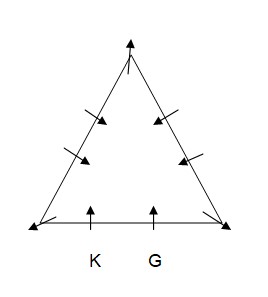 Case-2
Case-2 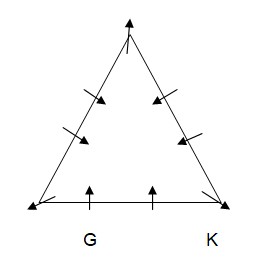 H sits third to the left of K. As per this statement, the arrangement will look like this: Case-1
H sits third to the left of K. As per this statement, the arrangement will look like this: Case-1 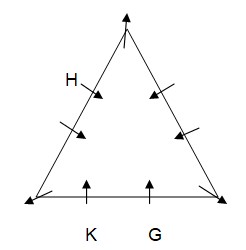 Case-2
Case-2 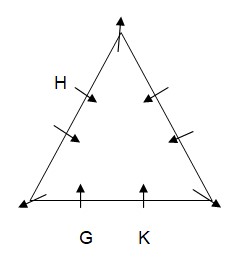 J sits two places away from H. As per this statement, CASE I will further get spilt into one more case and the arrangement will look like this: Case-1
J sits two places away from H. As per this statement, CASE I will further get spilt into one more case and the arrangement will look like this: Case-1 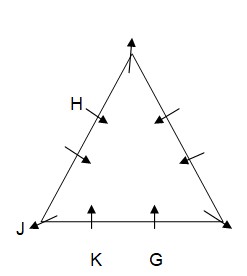 Case-1A
Case-1A 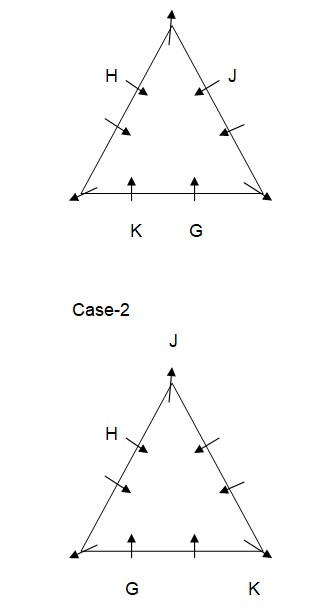 E sits to the immediate right of J. As per this statement, the arrangement will look like this:
E sits to the immediate right of J. As per this statement, the arrangement will look like this: 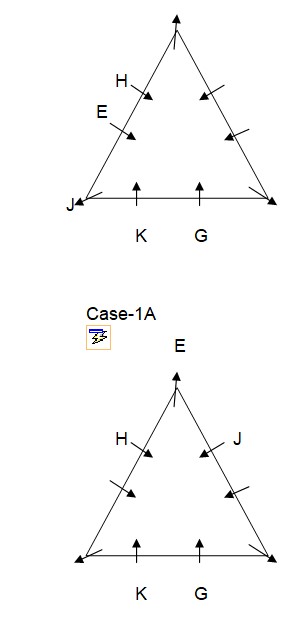 Case-2
Case-2 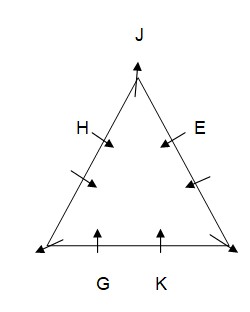 Only one person sits between G and F who is not an immediate neighbour of K. As per this statement, CASE II will get eliminated and we will continue with CASE I and CASE I (A) and the arrangement will look like this: Case-1
Only one person sits between G and F who is not an immediate neighbour of K. As per this statement, CASE II will get eliminated and we will continue with CASE I and CASE I (A) and the arrangement will look like this: Case-1 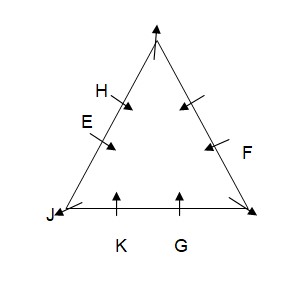 Case-1A
Case-1A 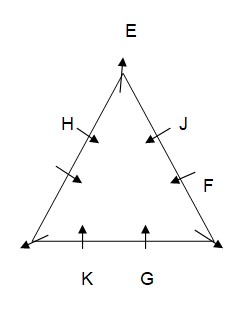 L sits fourth to the right of I who is not an immediate neighbor of H. As per this statement, CASE I will get eliminated and we will continue with CASE I (A) and the final arrangement will look like this: Case-1A
L sits fourth to the right of I who is not an immediate neighbor of H. As per this statement, CASE I will get eliminated and we will continue with CASE I (A) and the final arrangement will look like this: Case-1A 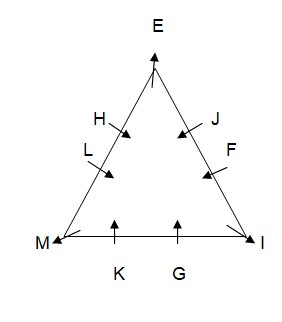
In a zoo, 25% of the people are males. 40% of the remaining are females and the remaining 720 are children’s. Find the total number of people in a...
- A person paid Rs. 13500 for a refrigerator after a single discount of 25%. If he had been given successive discounts of 15% and 15%, how much would he have...
If y exceeds x by 15 % then x is less than y by what percent?
A company manufactures two products, A and B, with production costs of 150 and 200, respectively. To meet market demand, the company raises the price of...
In each population, 30% of the population is affected with asthma out of which 90% of asthma patients used to work in flour mills. If 30% of the total p...
- Ravi spends 80% of his monthly salary. He also receives a bonus every month which is 10% of his salary. If his annual saving is Rs. 132000, find the bonus ...
The monthly income of Raju was Rs. 13500 and his monthly expenditure was Rs. 9000. Next year his income increased by 17% and his expenditure increased b...
A person saves 15% of his monthly income. If his monthly is increased by 35% and he still saves the same amount as before then find percentage increase ...
In a train, 40% of the passengers are females. Out of total number of passengers, 60% have unreserved tickets out of which 20% are females. How much per...
- Initially, Meena had a salary of Rs. 45,000 and her expenses to savings were in the ratio 5:4. After her salary increase, she spent 10% less and saved 50% ...
Relevant for Exams:


